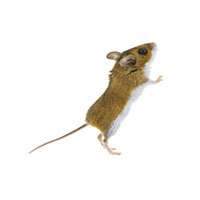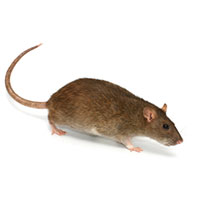House Mice in Wisconsin
House mice can squeeze through dime-sized cracks to gain entry into homes and buildings. House mouse fur varies in color from light brown to black, while the underbelly typically appears beige. Interestingly, the closer a house mouse lives in relation to humans, the darker the fur becomes. House mice nibble on small amounts of food, eating at dusk and before dawn. They are omnivores with a diet focused on seeds, roots, leaves, and stems. Female house mice can produce between 5 and 10 litters per year, with each litter containing anywhere from 5 to 12 young. They are dependent upon human activity for shelter and survival, which is why they are such a common household pest.
House Mouse Habitat
House mice thrive in various environments and are found in and around both homes and businesses, making their homes in wall voids, storage boxes, attics, barns, sheds, basements, crawl spaces, cabinets, warehouses, and many other similar locations. During the fall and winter months, the colder temperatures drive these mice indoors, seeking shelter. House mice prefer to nest in dark, secluded areas and often build nests out of paper products, cotton, packing materials, wall insulation, and fabrics. House mice are nocturnal, but they can be spotted during the day.
House Mouse Habits & Dangers
The house mouse is omnivorous but prefers grains and cereals. House mice contaminate food and are implicated in the transmission of diseases such as salmonella and bubonic plague. The house mouse can cause significant damage to structures by gnawing and tunneling through walls. Mice have also been implicated in the generation of fires and explosions in homes and buildings. Chewed, exposed wires inside walls can spark, causing interior walls to catch fire.
If you have a house mouse infestation in your Wisconsin property, contact your local rodent control experts!
Need help with Mice?
We'll call you! Leave your information below.




